No Results Found
The page you requested could not be found. Try refining your search, or use the navigation above to locate the post.
The page you requested could not be found. Try refining your search, or use the navigation above to locate the post.
Features information that is relevant to travellers who are thinking about and actively planning a visit to Mauritus.
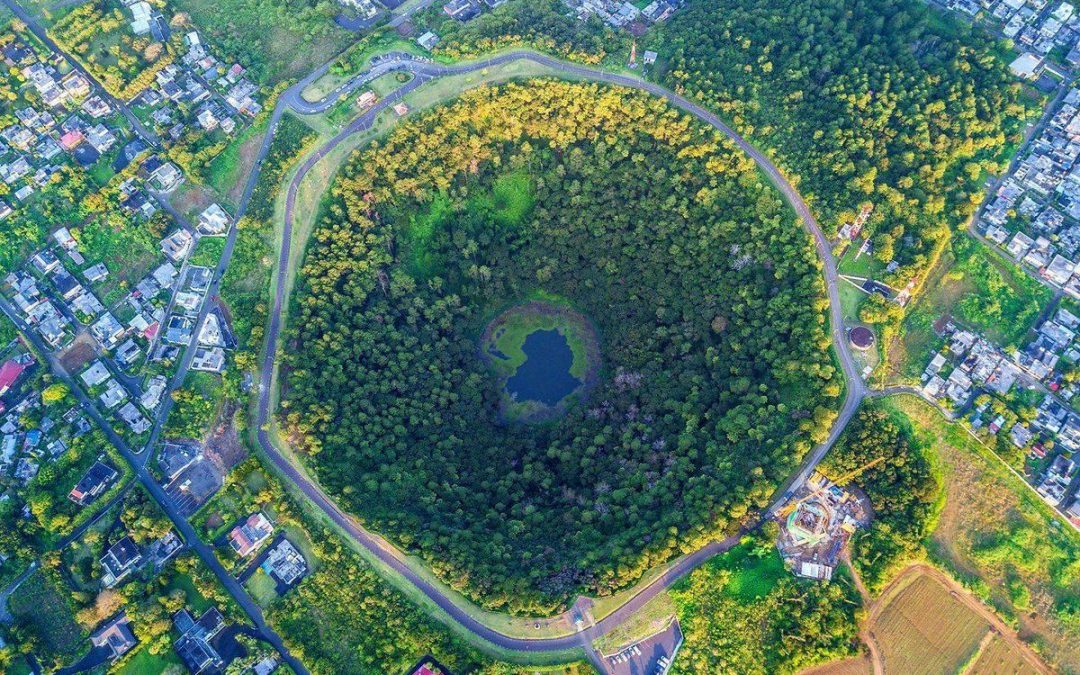
Île aux Aigrettes is a tiny coral island (27 hectares) just off the coast of the town of Mahebourg. It is the largest islet in the Grand Port bay, 850 meters off the south-east coast of Mauritius and roughly a kilometer from the coastal town of Mahebourg.
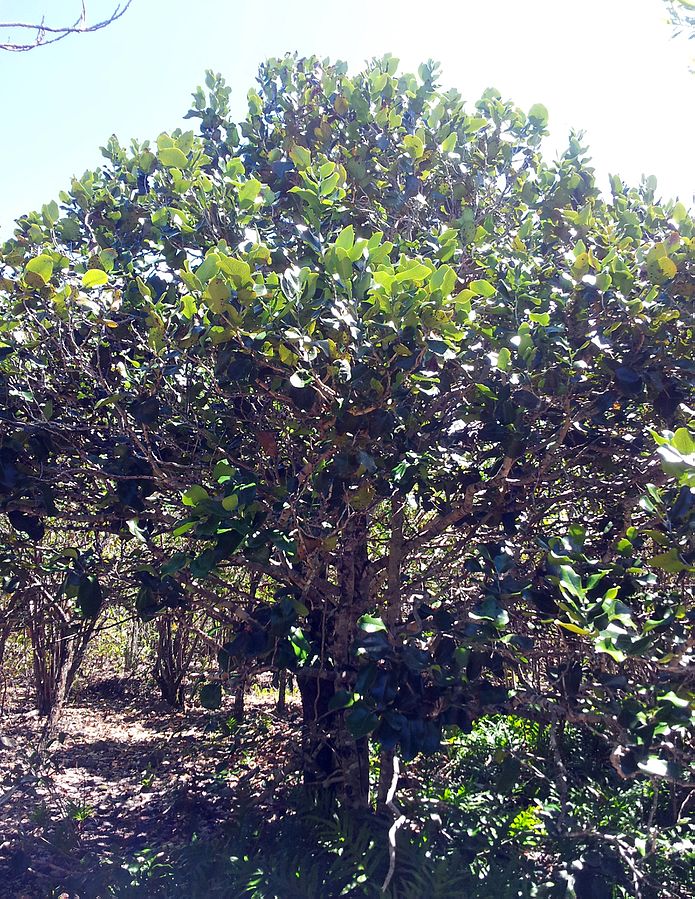
The island has been declared a nature conservation site and today is being preserved by the Mauritian Wildlife Foundation. It is also a popular visitor attraction – both for tourists and for Mauritians.

This island is considered an international standard for the protection of natural resources and endangered species.
A few of the world’s rarest birds, including the kestrel, Pink Pigeon, the Green Gecko Phelsuma and the Aldabra giant tortoise can be seen here. Eighteen Mauritian plant species which grow on the island are classified as endangered or very rare.

One of the local species of ebony, Diospyros egrettarum (named after the island) is found here.
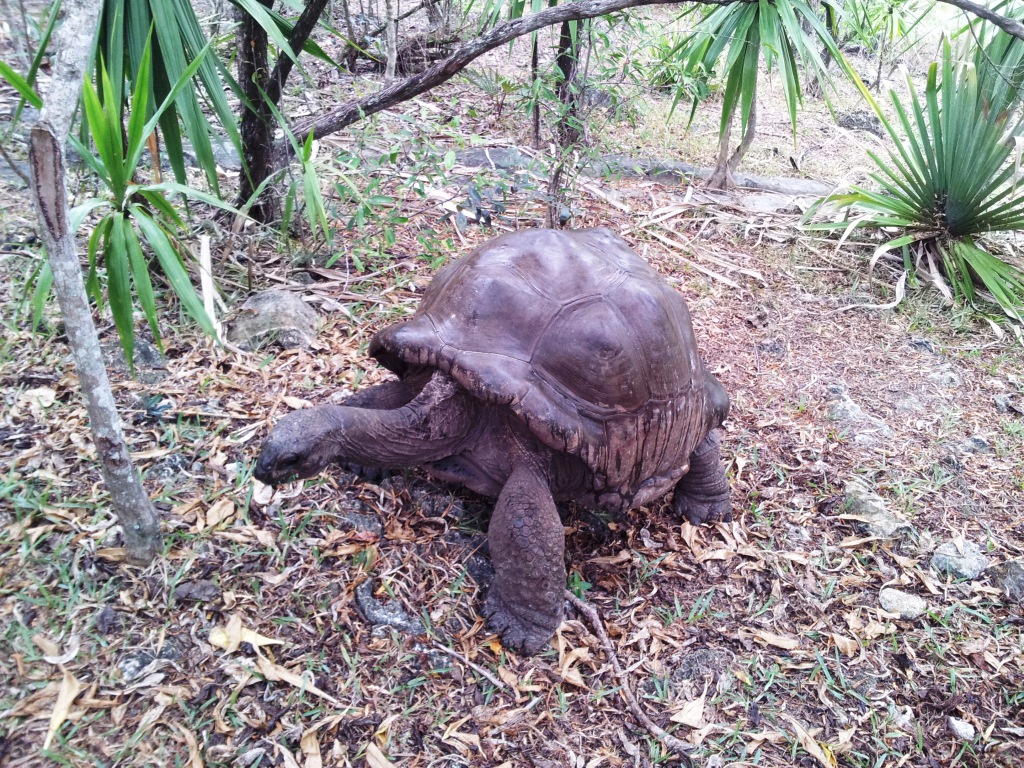
Gastonia mauritiana (“Bois boeuf”) forming part of the forest canopy here.
A non-indigenous Aldabra giant tortoise was brought to Île aux Aigrettes to take over the ecological role of the extinct Mauritian tortoises.
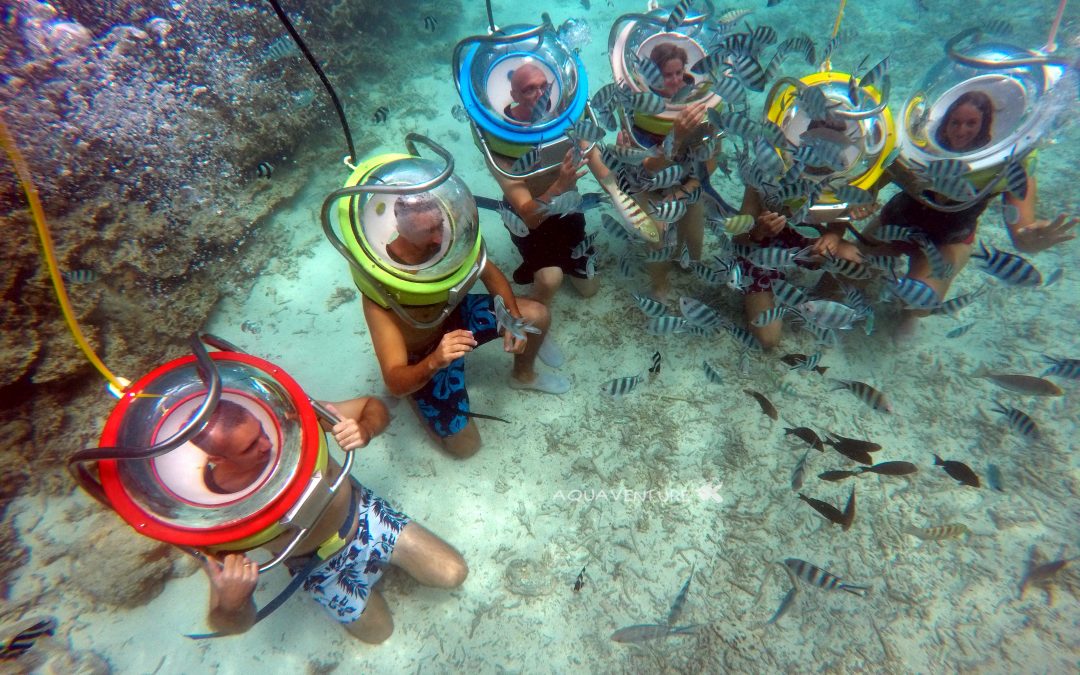
The Underwater Sea Walk is one of the most unique attractions that one must experience when visiting Mauritius. It is a good experience for all the non divers.
The underwater walk is a safe and fascinating walk on the ocean bed (about 3-4m depth), where you can witness firsthand the marine life of Mauritius, the beautiful fauna, corals, and a wide variety of fish, all in their natural habitat. The Walk does not require any knowledge of swimming or diving and you are not even required to remove your glasses.
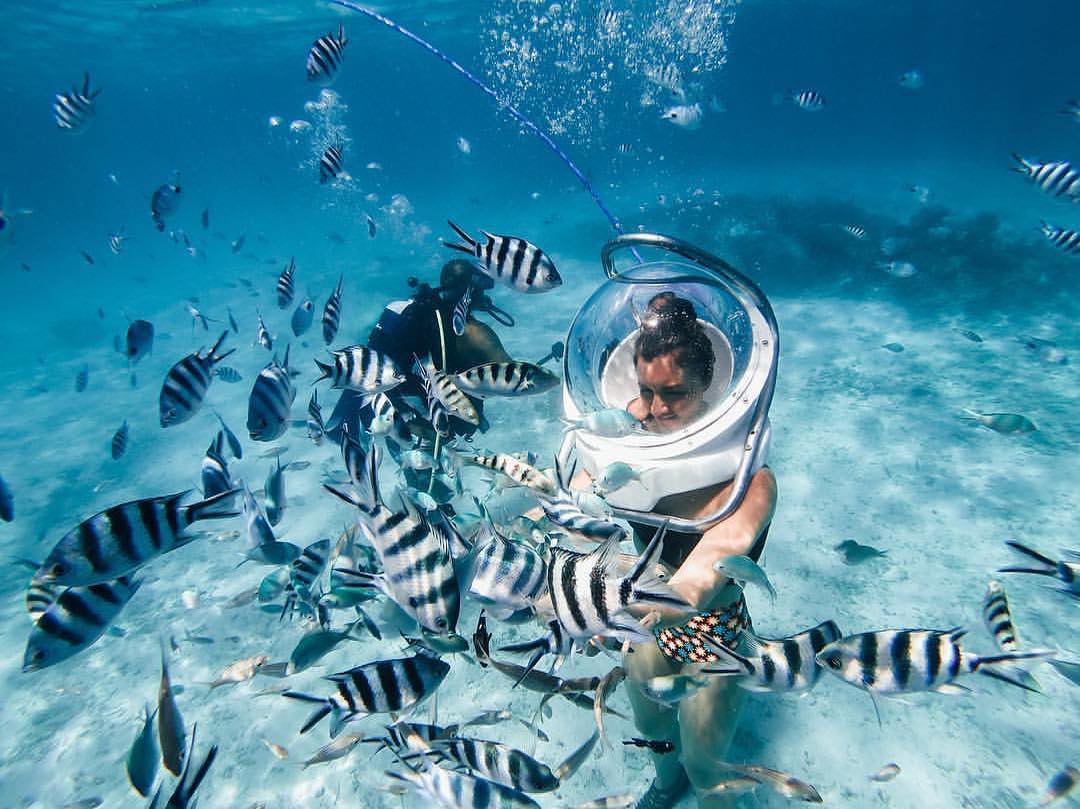
A helmet with a transparent visor is placed on your head. This equipment weighs 45 kg. You should be strong enough to carry this weight on your shoulders. A special apparatus allows normal breathing under the water. This trip is not recommended for pregnant women. Life Guards assist in taking you underwater and accompany you throughout the walk to guarantee your maximum safety. Total time of the excursion is approx. one hour (walk itself takes about 12-15 minutes).
The operating hours of the sea walk are between 9:00 and 14:30. You should have your own swimming costume and a towel.
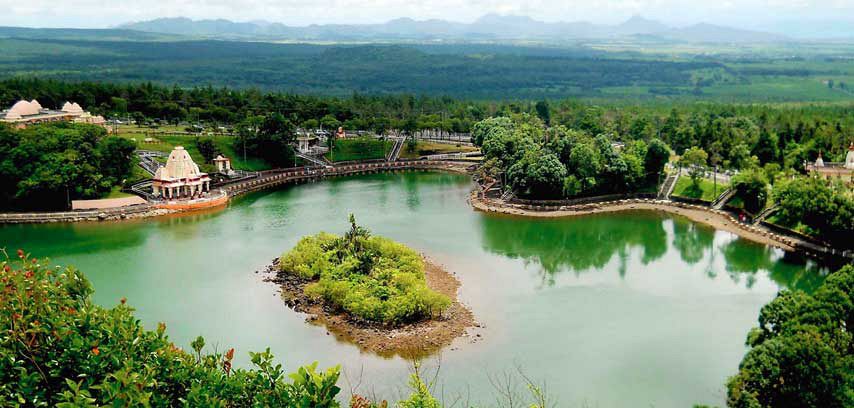
Grand Bassin, known also as Ganga Talao is a lake situated in a secluded mountain area in the district of Savanne, deep in the heart of Mauritius. It is about 600 meters above sea level.
The Hindus of Mauritius consider the Grand Bassin as a Holy lake and that the water inside the lake communicates with the waters of the holy Ganges of India.
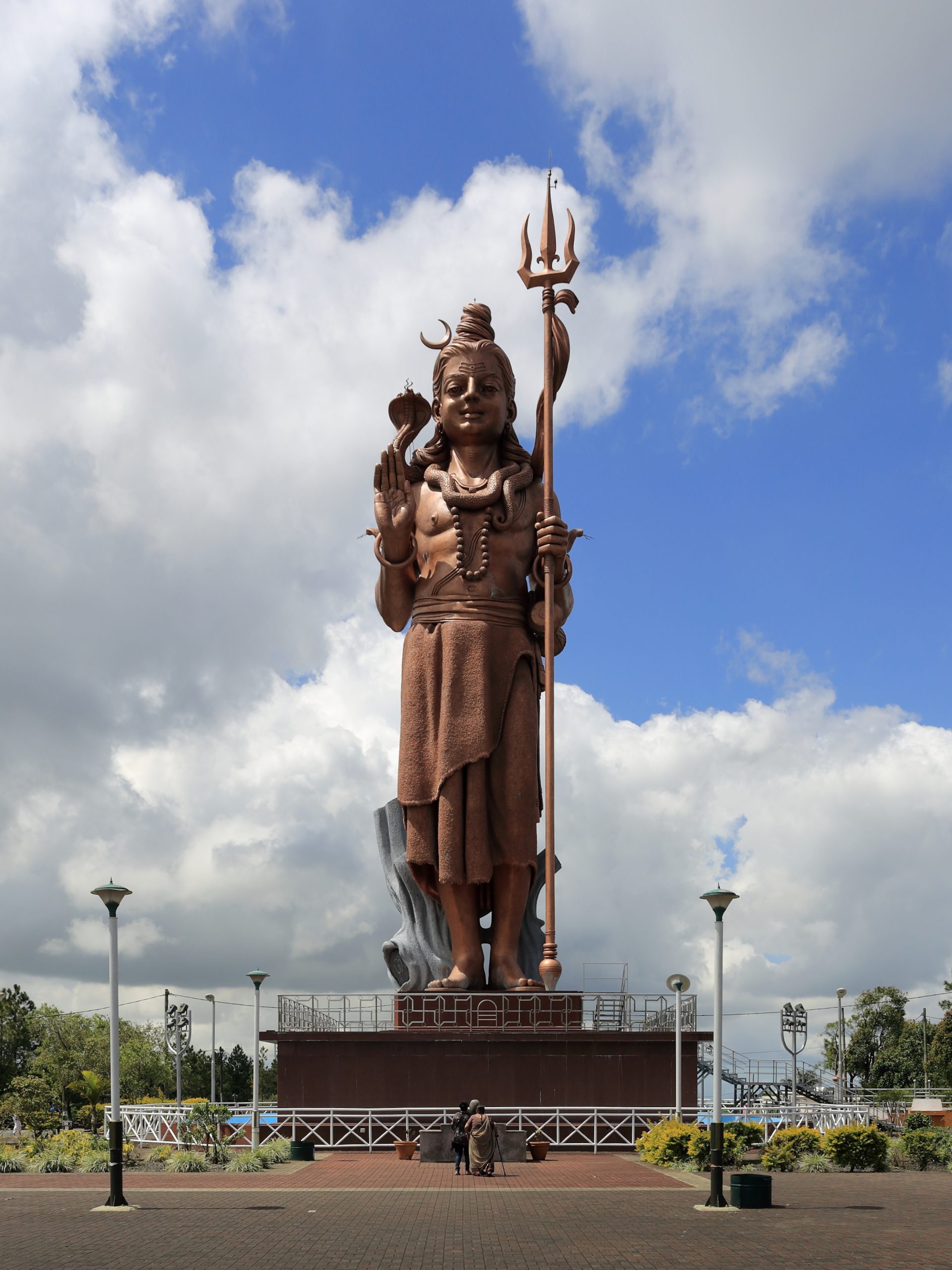
The Hindu community performs a pilgrimage there every year on the Maha Sivaratri (“Siva’s Great Night”), on this day they honor the Lord Siva. Beside the lake there is a temple dedicated to Lord Shiva and other Gods including Hanuman and Lakshmi. Also, overlooking the lake is the statue of Mangal Mahadev (Shiva statue) which is 33 meters, making it the highest statue in Mauritius.

The Grand Bassin Mauritius map gives you clear directions to the sacred lake and the tourist spots nearby that you can visit.
Also, don’t forget to take off your shoes while entering the Lake complex and the temples.
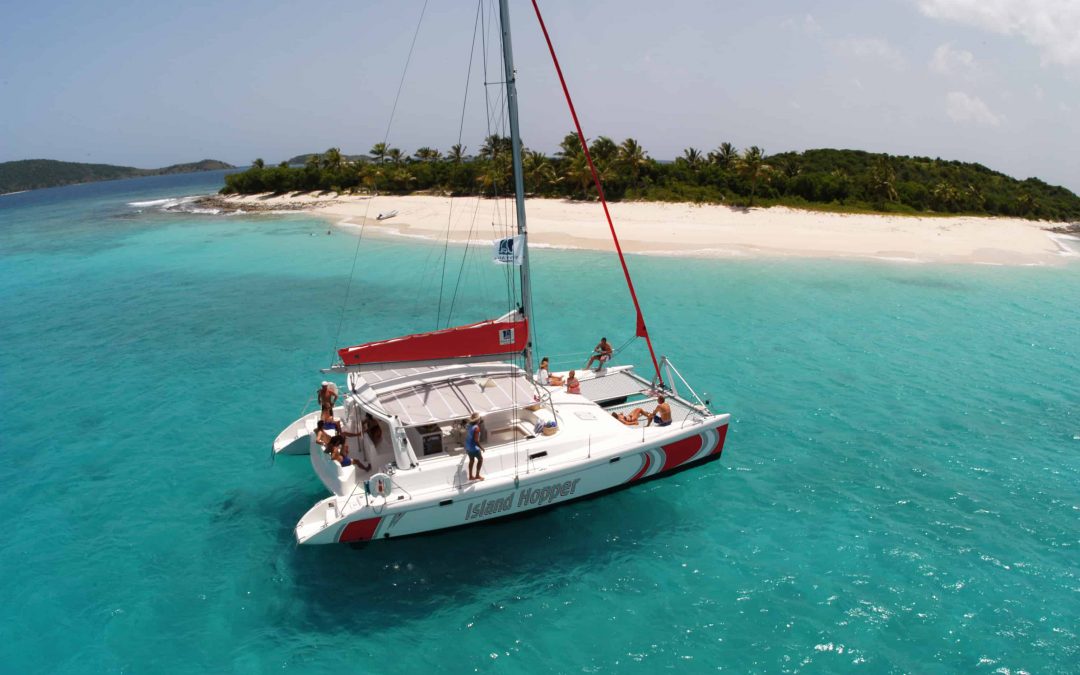
This two hour cruise on a beautiful 40 feet catamaran will let you enjoy the sunset from the ocean. You will be served with complimentary cocktails and snacks as part of the cruise.
The cruise starts at 17:00 from Grand Baie on the North of Mauritius. It will return to Grand Bay at 19:00. The cruise will head the direction of Coin de Mire Island (also known as Gunner’s Quoin). While you cruise along Coin de Mire you will be able to see the island from close and its spectacular sea cliffs. You will also get to see other northern isles and the central mountain range of Mauritius.
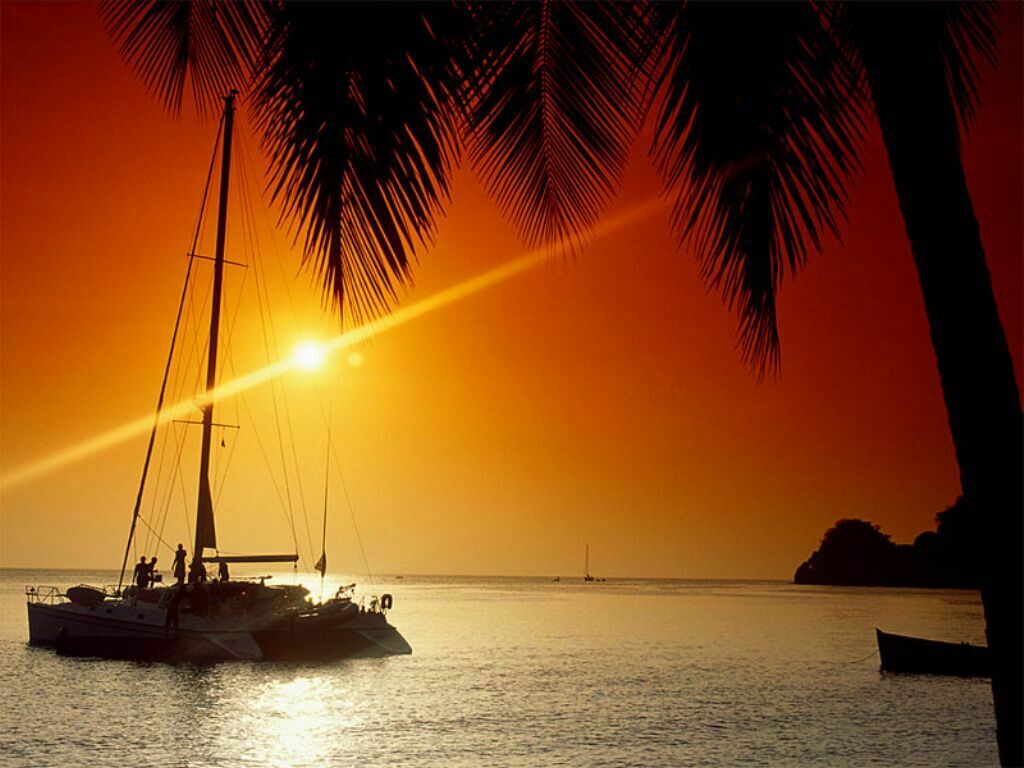
Sometimes you will be able to see whales as well as dolphins. If they appear, the crew will stop the boat, so that you may observe these great animals from close in their natural environment.
While on board,you will be able to get mineral water, soft drinks, South African wine, beer, special rum cocktails and a selection of canapés and Mauritian snacks.
This cruise is offered only during summer season (September – April) and only once a week on Wednesdays.
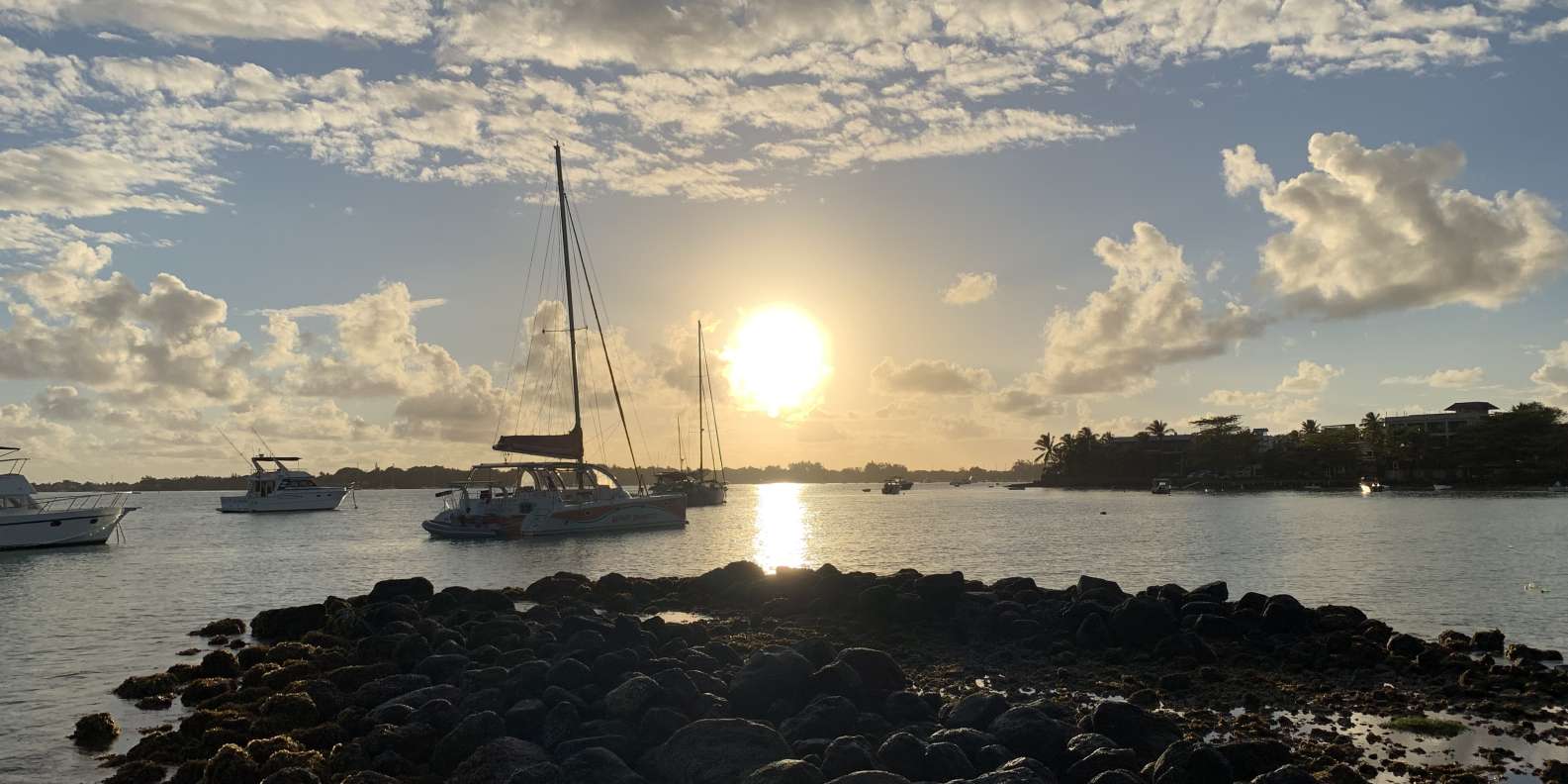

The Ile aux Cerfs day tour starts with a boat transfer, in a comfortable spacious motor boat, to Ile aux Cerfs Island. The boat trip takes about 15 minutes. Once you reach Ile aux Cerfs you will be taken to the famous Ile aux Cerfs Sands Bar where you will get a complimentary refreshing fruit cocktail.
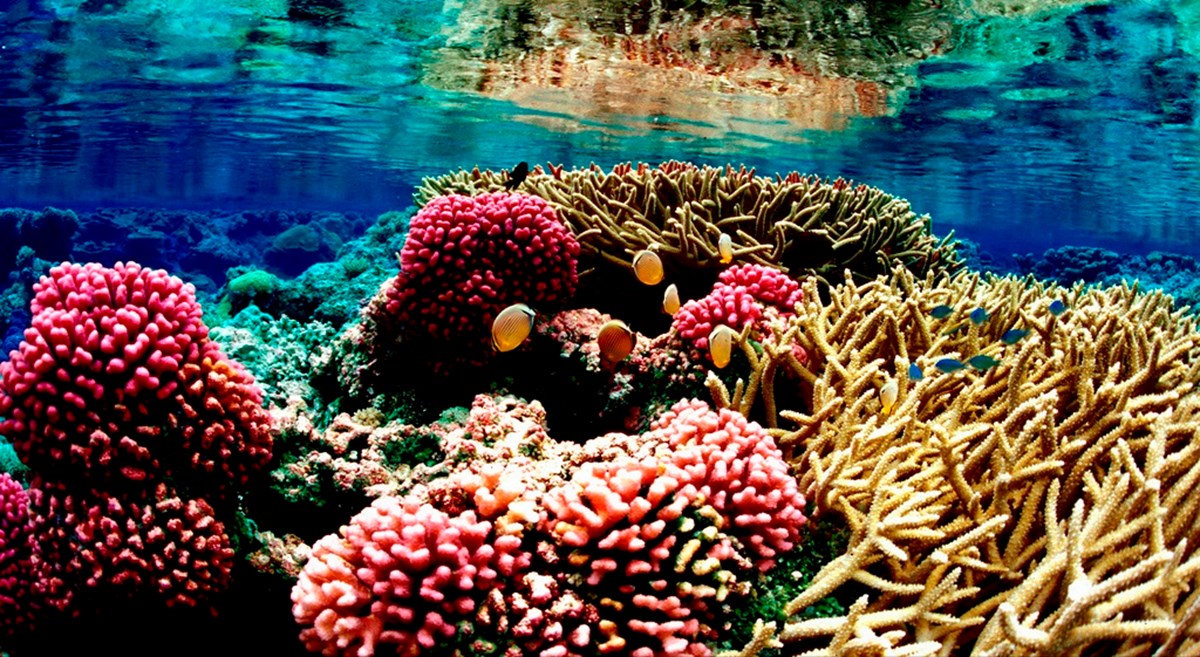
Rest of the morning you will spend on the beach doing whatever you like. The package includes a Sun Mattress for the day to lie down or for tanning just beside the beautiful beach.
You will be able to organize parasailing during your time on the island. The parasailing offers you a breathtaking bird’s eye view of Ile aux Cerfs Island.
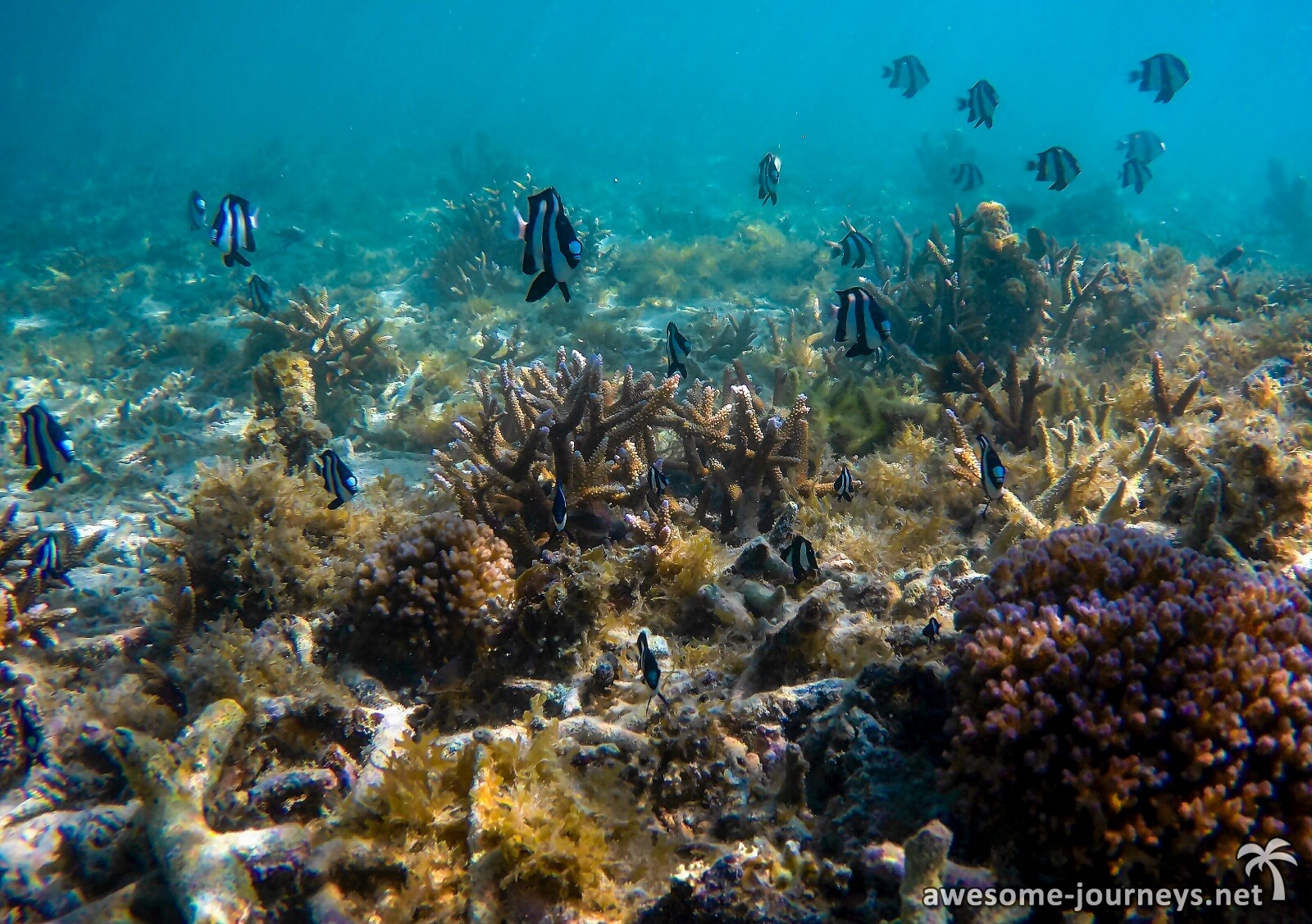
At noon time a 3 course meal or BBQ buffet Lunch is served at the Sands Grill. Lunch time is flexible between 11:00 – 15:00.
Sands Grill, also serves lightly grilled, fried or steamed local fish, seafood, Mauritian dishes & pizza. Vegetarian menu is available upon request made at the time when you book the tour.
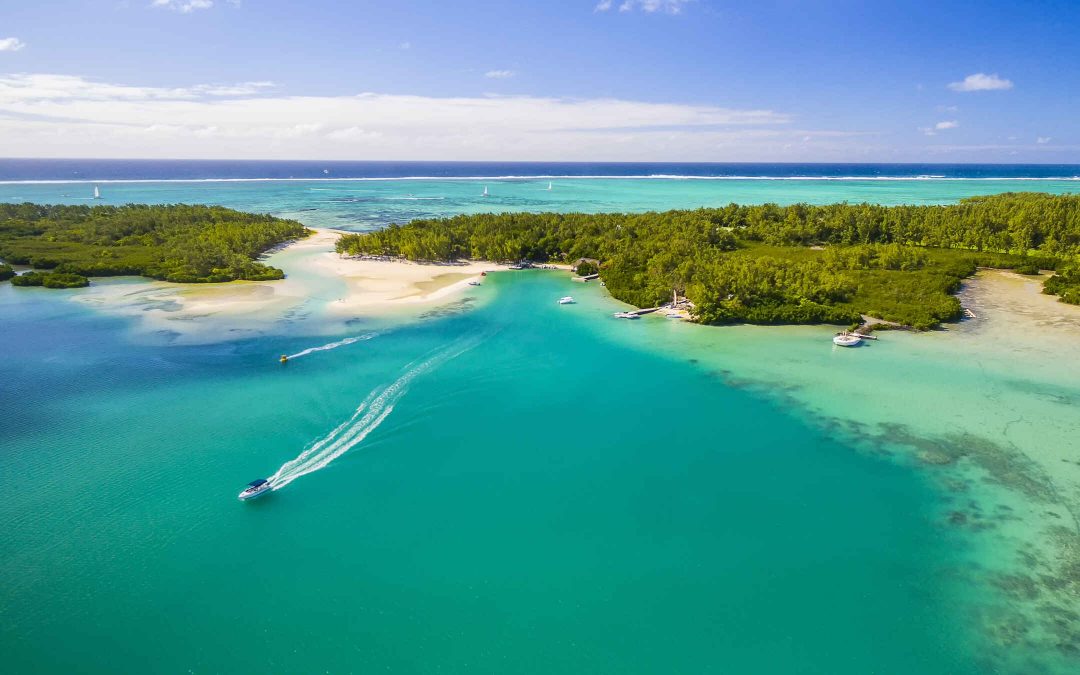
This tour pakage provides a full day of fun and relaxation on this paradise island. The tour starts with a boat transfer to Ile aux Cerfs Island which will take about 15 minutes. The boat transfer service is available every 20 minutes in a comfortable spacious motor boat.
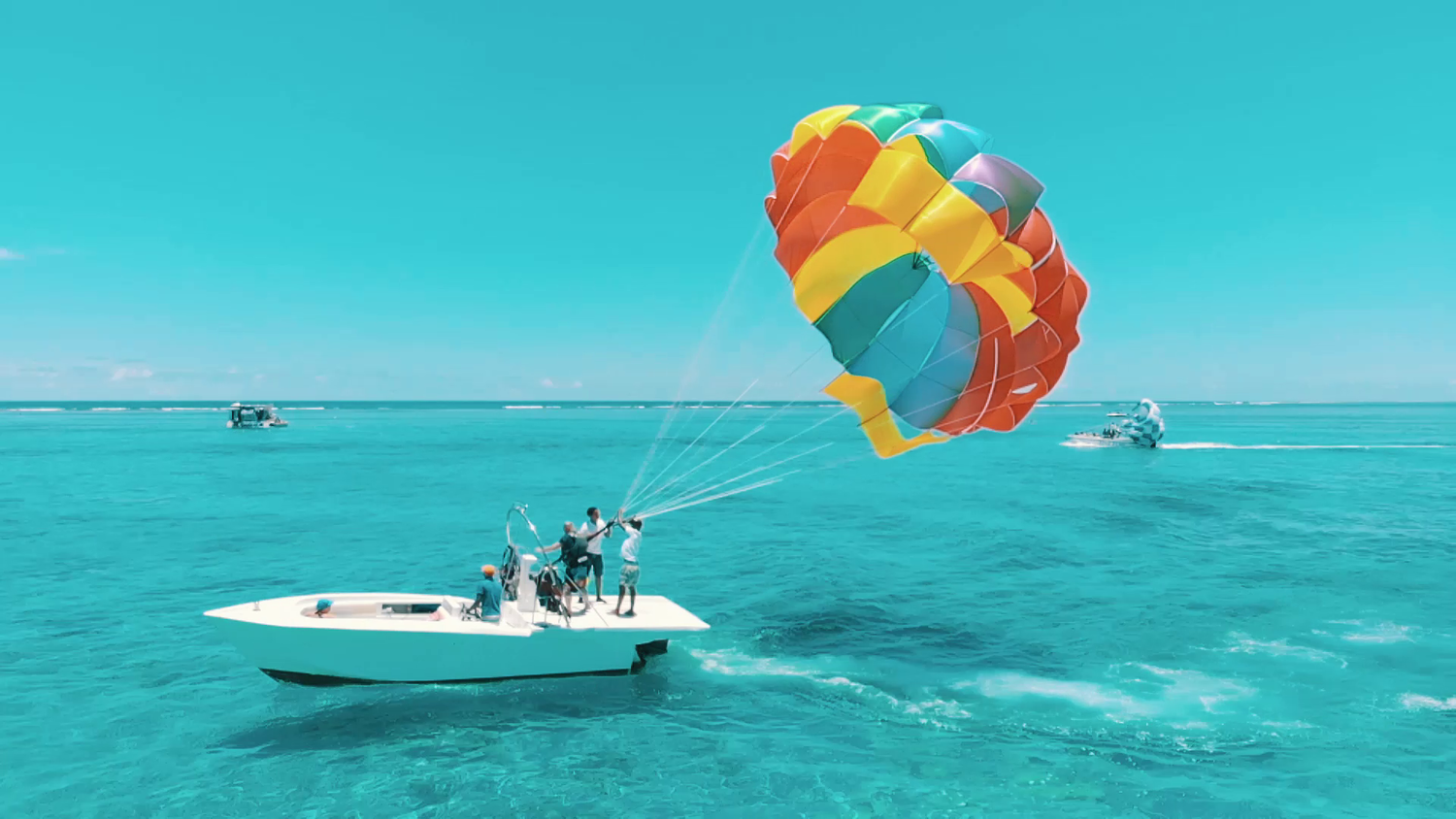
You will spend time in the morning on the beach going for a stroll, swimming in the lagoon, snorkeling or just relaxing and tanning. At around noon time a delicious Indian menu meal is served. You can have your lunch at any time between 12:00 – 14:00 at the La Chaumière Masala Indian Restaurant.
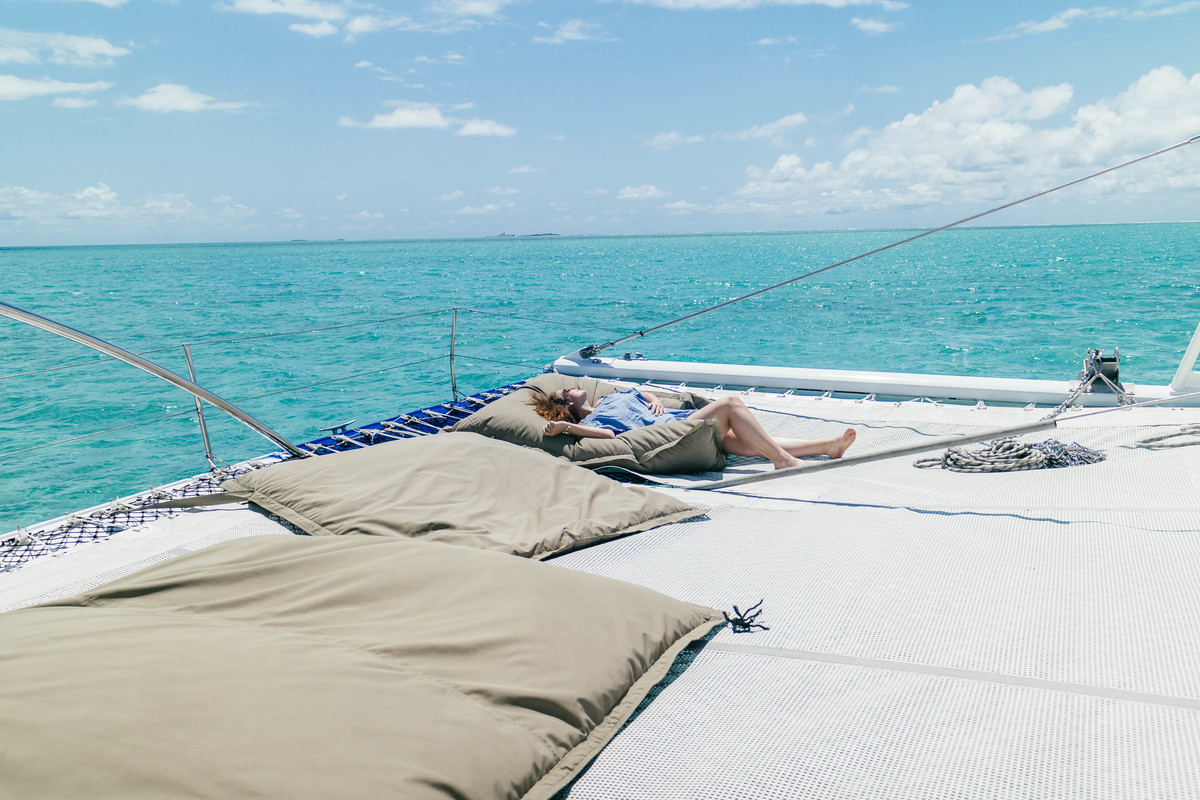
On Ile aux Cerfs, you are sure to enjoy one of the great activities offered on the island such as the Parasailing and the Ile aux Cerfs Treetops Adventure!
The restaurant serves vegetarian and non-vegetarian meals. The non-vegetarian menu consists of butter chicken, tadka dal, tandoori naan, mint & coriander pulao, cucumber & onion raita, pickle & papad and gulab jamun as dessert.
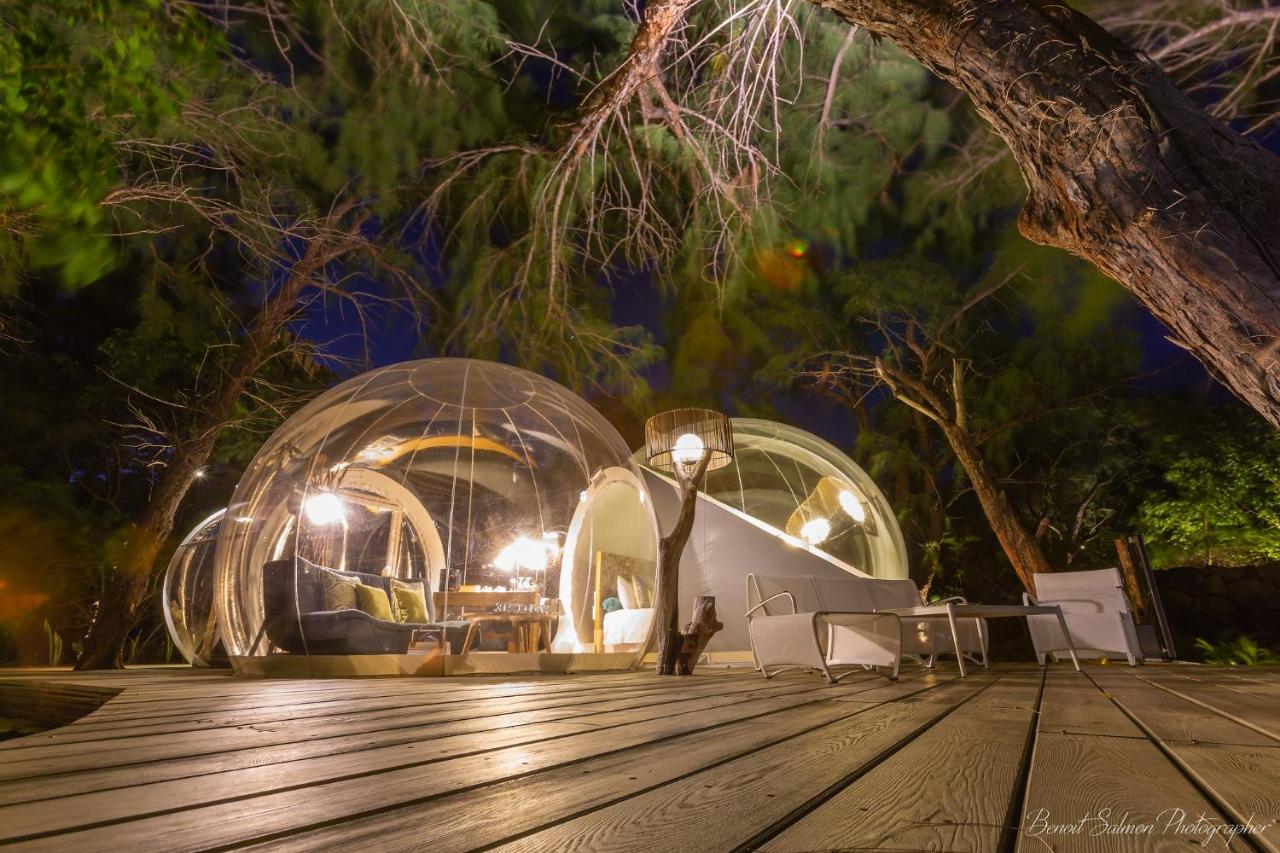
The vegetarian menu includes, paneer makhan masala, tadka dal, tandoori naan, mint & coriander pulao, cucumber & onion raita, pickle & papad, gulab jamun as dessert.
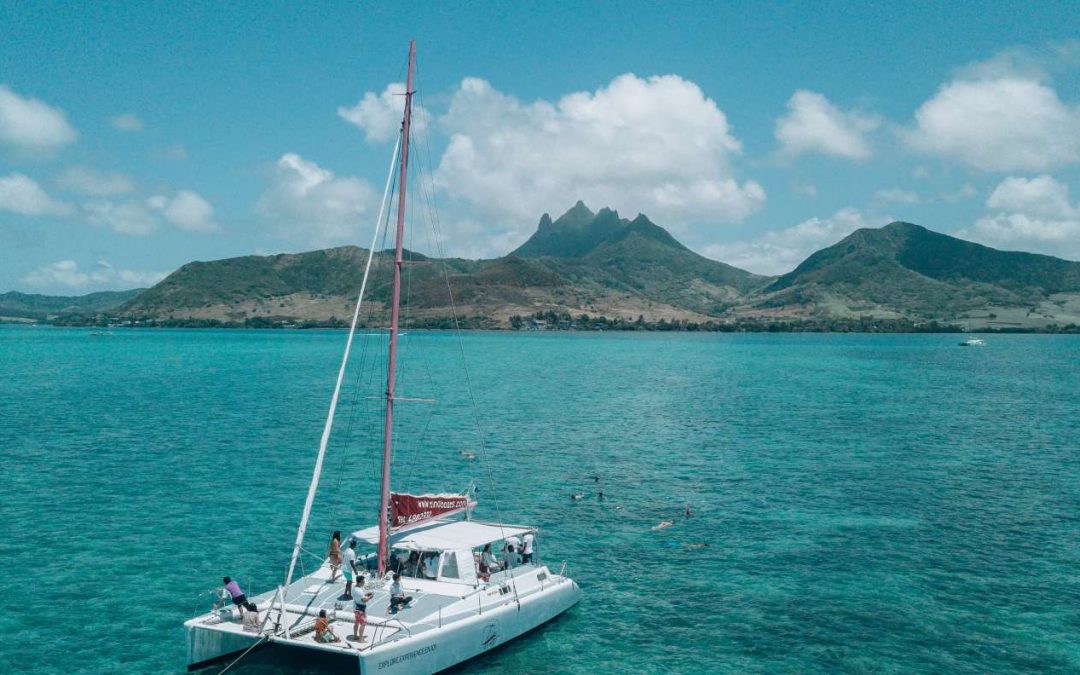
Mauritius Attractions also offers a full day catamaran cruise to Ile Aux Cerfs which departs from the village of Trou D’Eau Douce on the central east coast of Mauritius. This cruise includes: visit to Grand River Waterfalls, BBQ lunch, and unlimited supply of soft and alcoholic drinks.
The catamaran cruise starts at 09:30, departing from Trou D’Eau Douce on the East of Mauritius. First the catamaran will cruise along the shore line towards the Grand River Waterfalls. Then when reaching the Grand River, you will go by small speed boats to visit the waterfalls which are found about 500m upstream. Following the visit to the waterfalls you will head back to the catamaran.

The catamaran will then sail to the lagoon and stop for a snorkeling and swimming break. Snorkelers will see hundreds of bright-colored fish, some of the world’s most breathtaking coral reefs and marine life ever to be seen.
Then you will be served a delicious BBQ lunch buffet set on the beach or on the catamaran. Menu includes only fresh fish, fresh chicken and a selection of fresh rice and mixed salads. Dessert will consist of fresh local fruits, followed by coffee. If you are a vegetarian or have special needs, you should book your meals well in advance.

After lunch you will be heading to Ile aux Cerfs Island. for swimming and/or snorkel in the azure sea. You can also take advantage of the wide range of facilities on the island and the various water sports activities found there.
After the visit to Ile aux Cerfs, you will return to Trou D’Eau Douce at about 15:30.